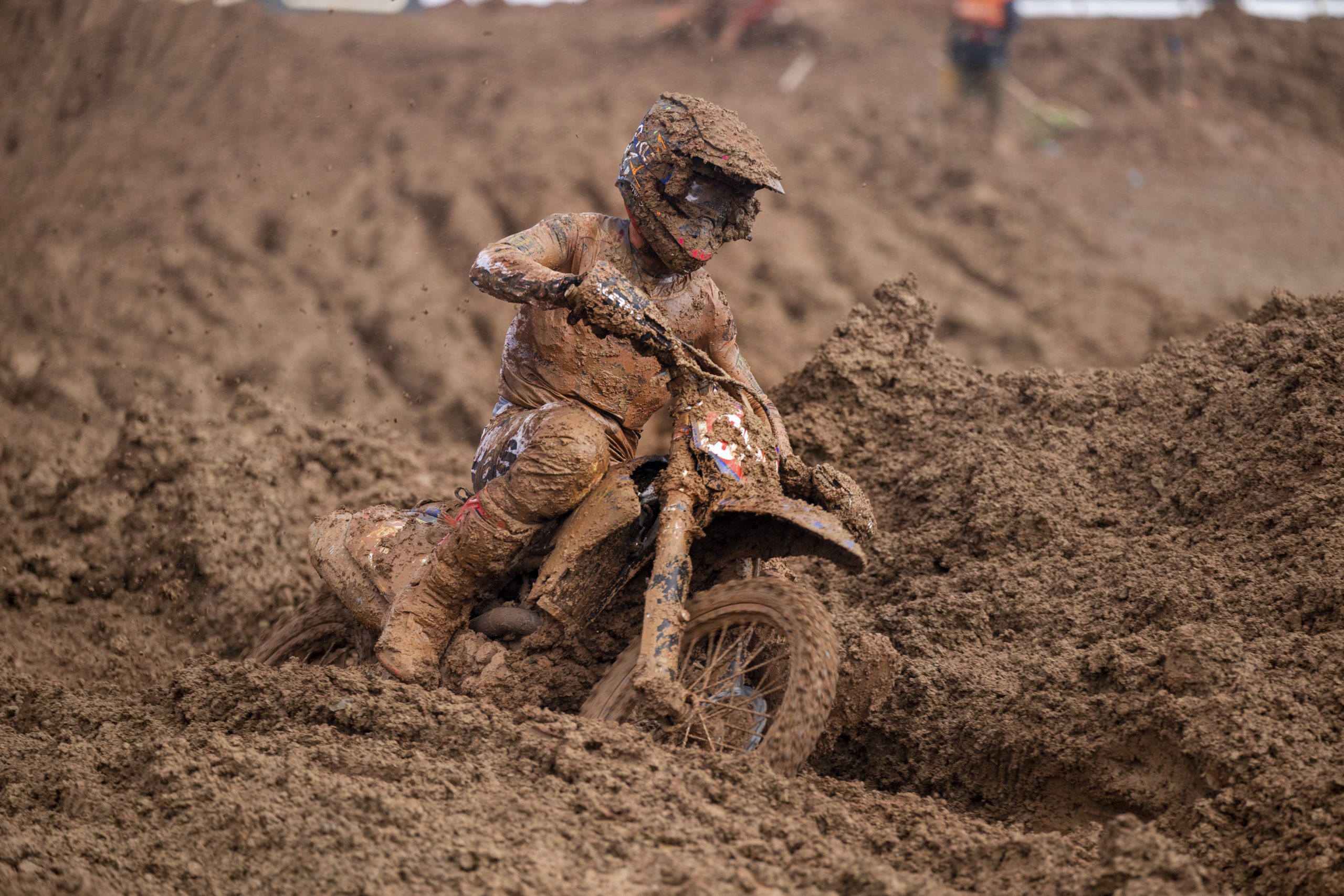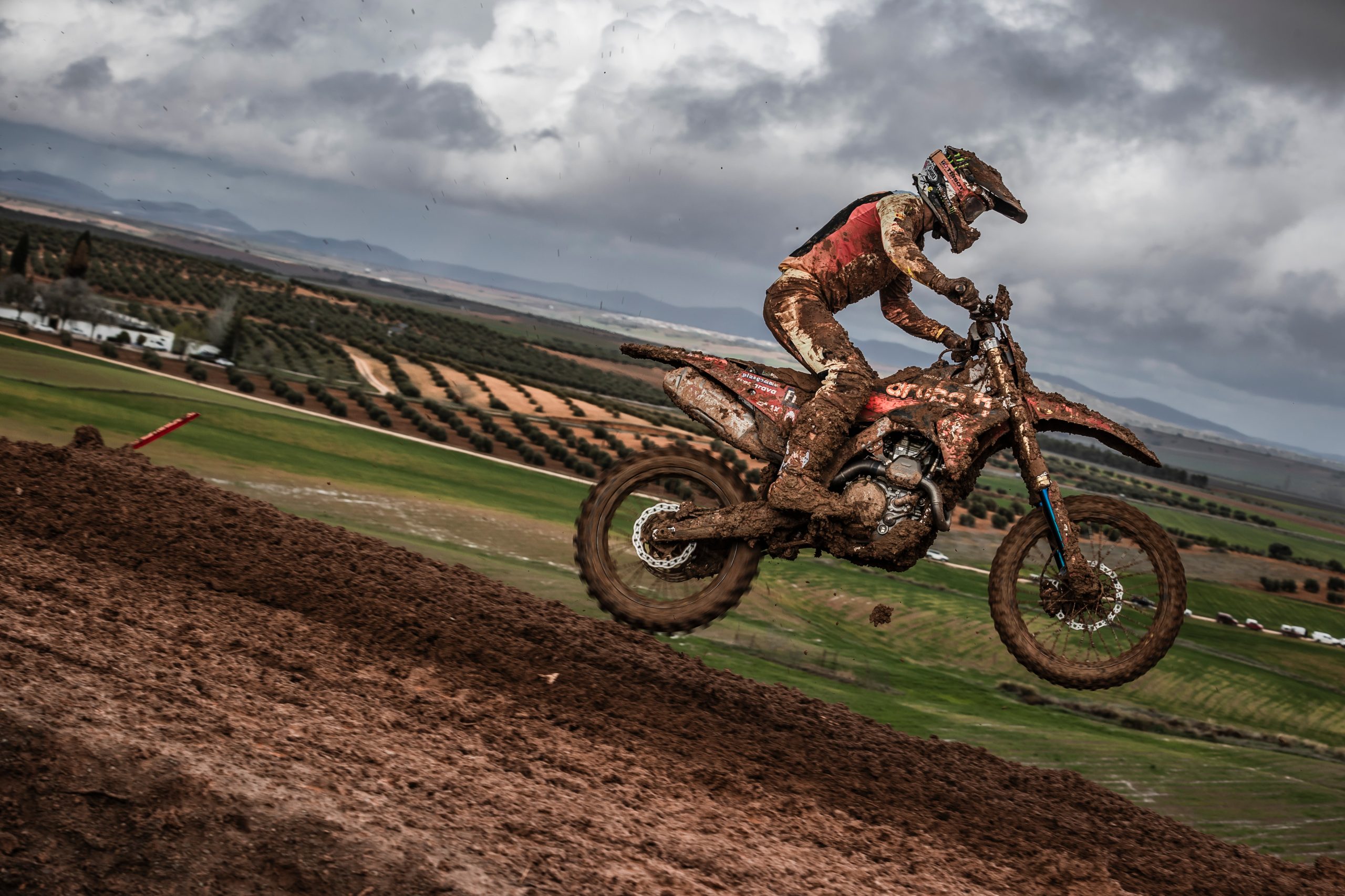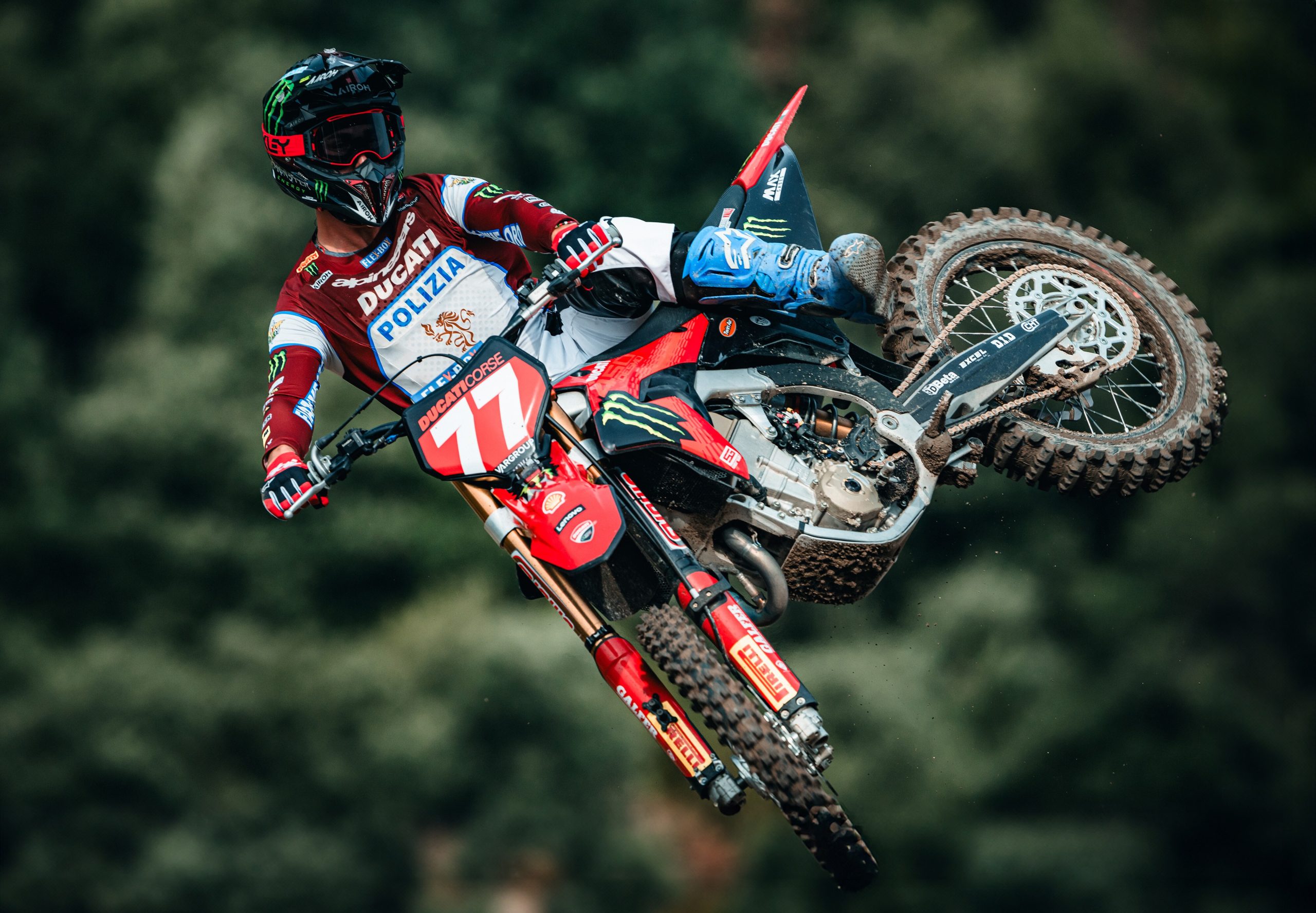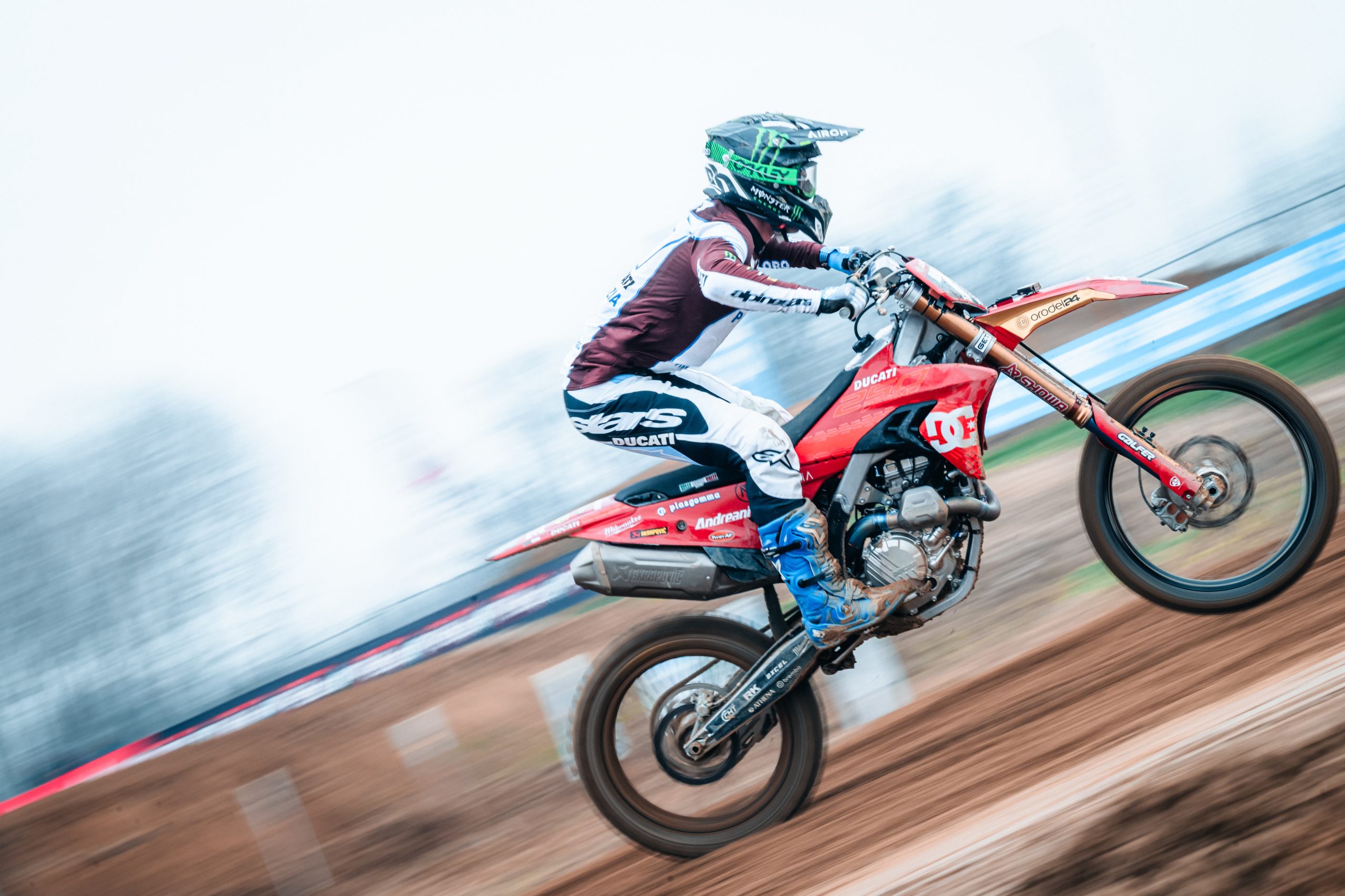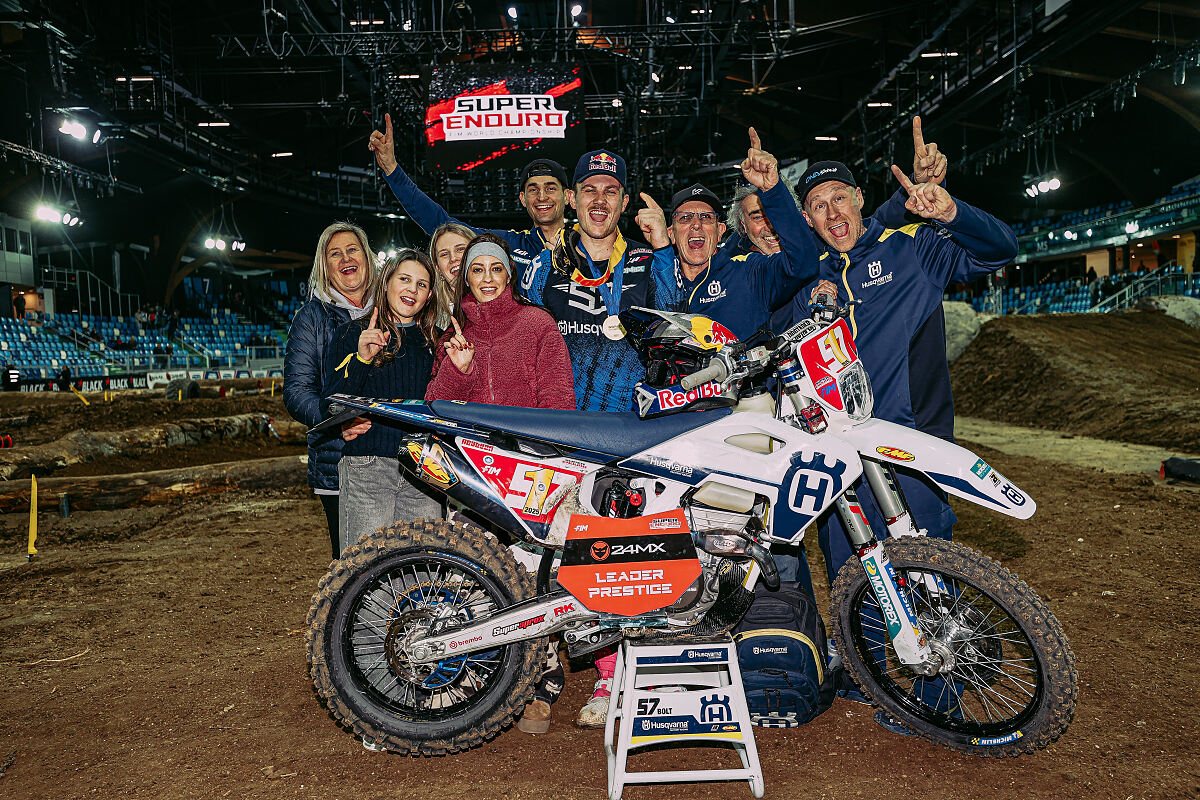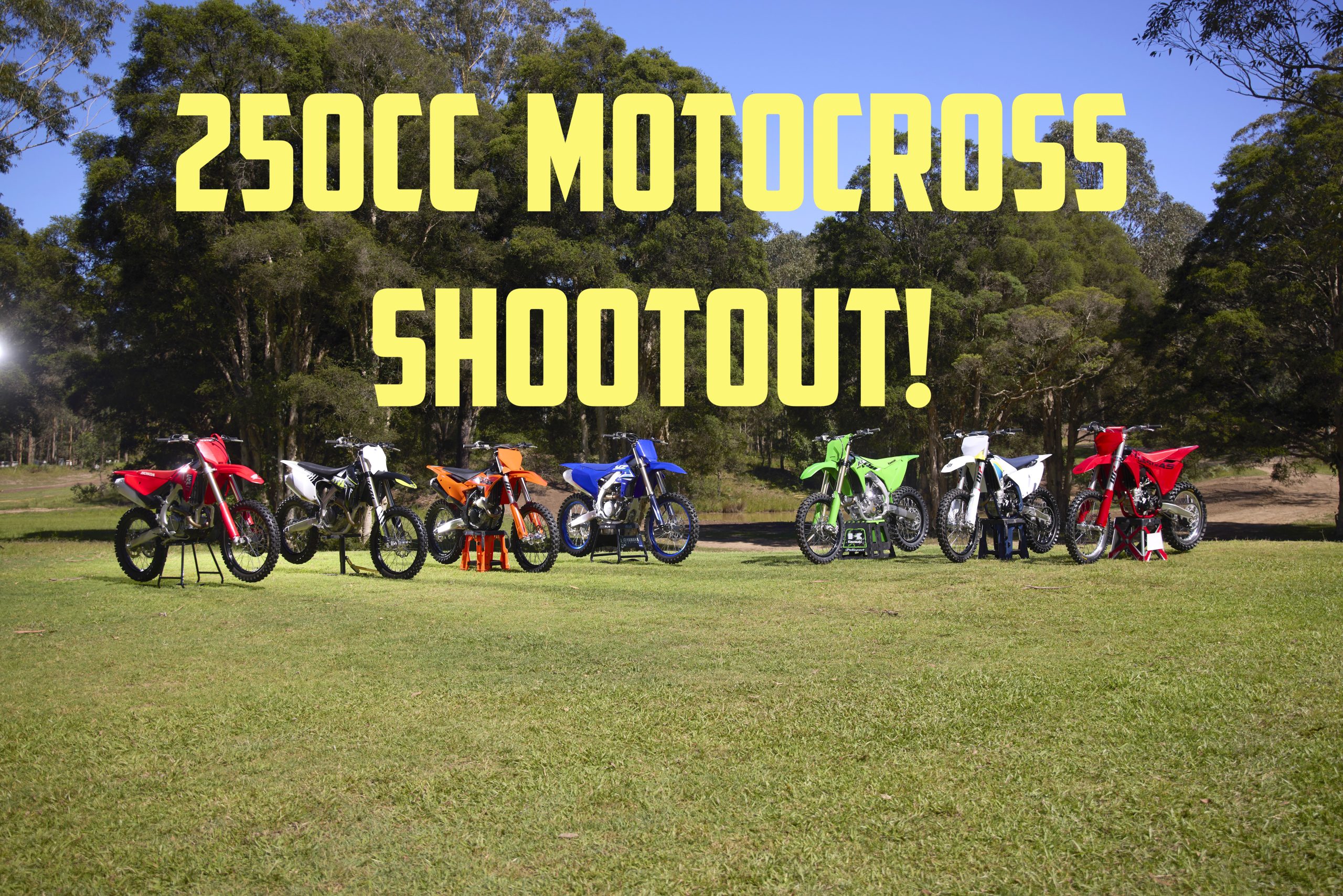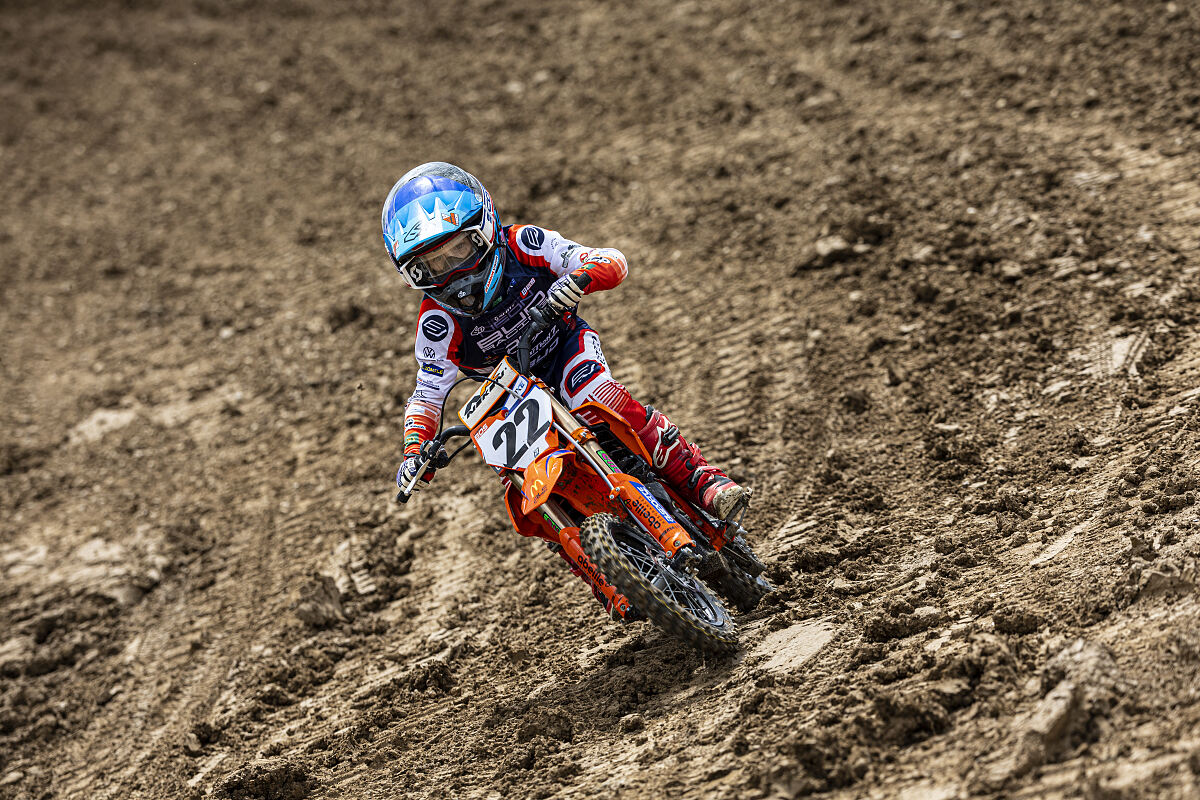Now, Suzuki released further information regarding technical changes and updates to the RM-Z250 for MY19.
Engine
Suzuki has made significant changes to the RM-Z’s 249cc DOHC four-stroke engine, which the Japanese manufacturer claims has improved performance across the board.
The engine features a newly designed cylinder head with optimised intake and exhaust port tuning, matched to a higher lift intake camshaft to achieve an approximate 5% increase in maximum output.
The fuel injection system now features two injectors. Instead of using a single injector that can compromise low-end fuelling in order to supply enough fuel for top-end power, the primary injector delivers precise low-rpm fuelling while a secondary injector at higher rpm provides the extra fuel needed.
Fuel pressure has been increased by 17% over the previous model resulting in improved throttle response.
The exhaust pipe was lengthened by 99mm, with the internal diameter tapering from ø35mm at the cylinder head to ø45mm at the muffler improving output throughout the RPM range, with bottom-end output most notably improved.
The RM-Z250’s evolved traction management system works with the rider to get the power to the ground. The fourth-generation system’s engine control module (ECM) automatically adjusts ignition timing and fuel injection based on throttle position, engine speed and gear position.
The Suzuki Holeshot Assist Control (S-HAC) has been refined for MY19 with new mapping. Riders have the choice of three settings which can be quickly selected via a handlebar-mounted switch. The “A” mode is programmed for hard surfaces, such as a concrete starting pad, clay or hard-packed dirt where controlling wheelspin is crucial to good starts. The “B” mode is for normal dirt conditions. Riders can also select the “Off” setting to retain standard ignition timing.
[metaslider id=”19711″]
Chassis
The frame and swingarm are all new, with the aluminium frame spars changing to a hollow square section that does away with an internal rib, shedding 370 grams while increasing torsional rigidity by 10 percent for better stability and bump absorption. Using a new hydroforming process for the aluminium swingarm permits a tapered cross- section without any welding, making the new assembly just as rigid with thinner walls for a weight loss of 80 grams.
The new KYB coil spring fork replaces the previous model’s PSF2 air fork. Upper and lower triple clamp design has been optimised for rigidity while cutting 60 grams.
The rear suspension linkage ratio has been changed to firm up short stroke movement while optimising longer suspension action for better traction and is 14.9 grams lighter. The fully adjustable KYB shock has an improved range of adjustment, and a spring with thinner but stronger wire (feedback from MotoGP technology) that is 370 grams lighter than before.
Engine position has been pivoted upward at the rear engine mount by 8.5mm measured at the crankshaft centre to increase agility. The upper engine mount brackets are now aluminium instead of steel, and rather than four brackets suspending the engine from a single location, the 2019 RM-Z250 has four brackets on both sides of the engine. This not only drops another 90 grams, but
also increases overall rigidity.
New lighter Dirtstar wheels reduce all-important rotating mass by 40 grams up front, and 60 grams in the rear. For MY19, the RM-Z250 will be fitted with Dunlop’s latest Geomax MX33 tyre that has received rave reviews. The front brake disc diameter has been increased from 250mm to 270mm and the brake pad material has been changed for more linear response characteristics as you brake harder.
Target on-sale date in Australia will during the first quarter of 2019, with final specifications and pricing being announced closer to release.


